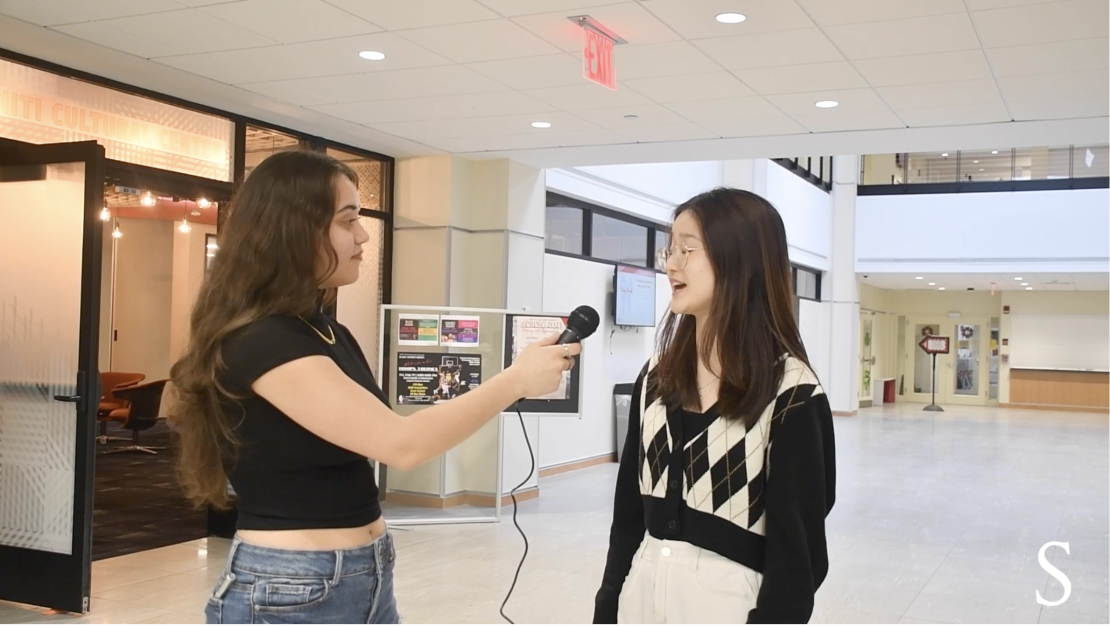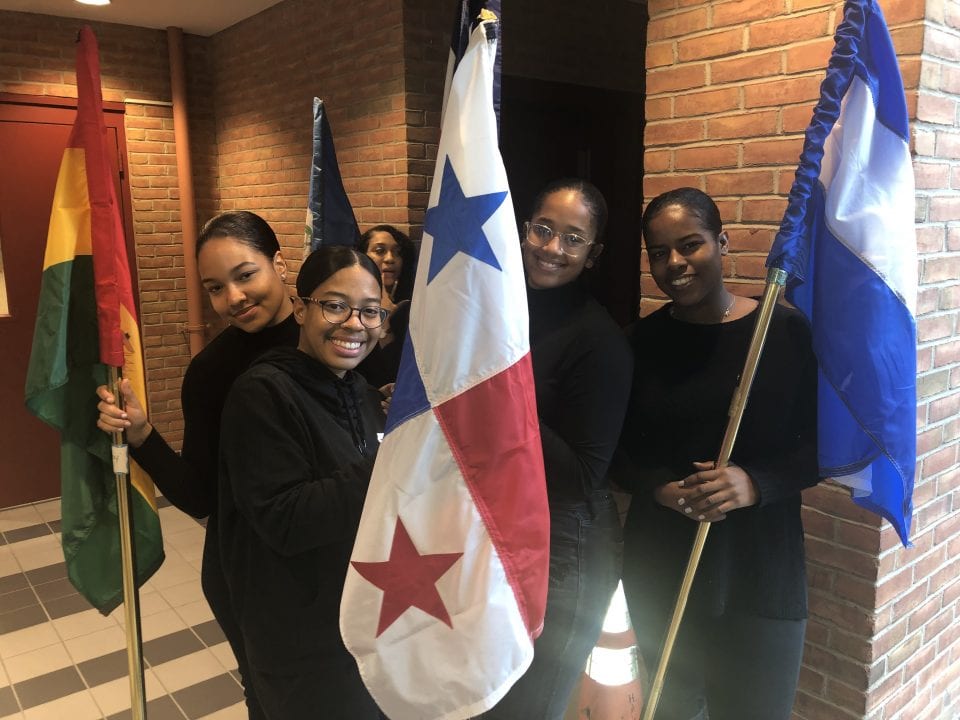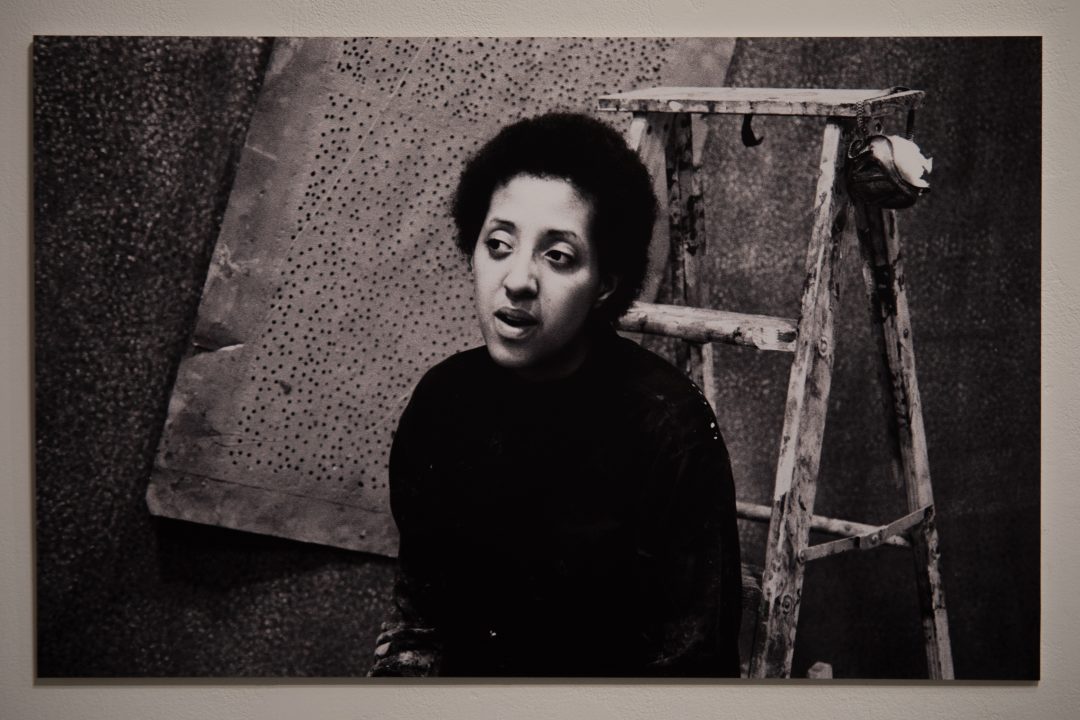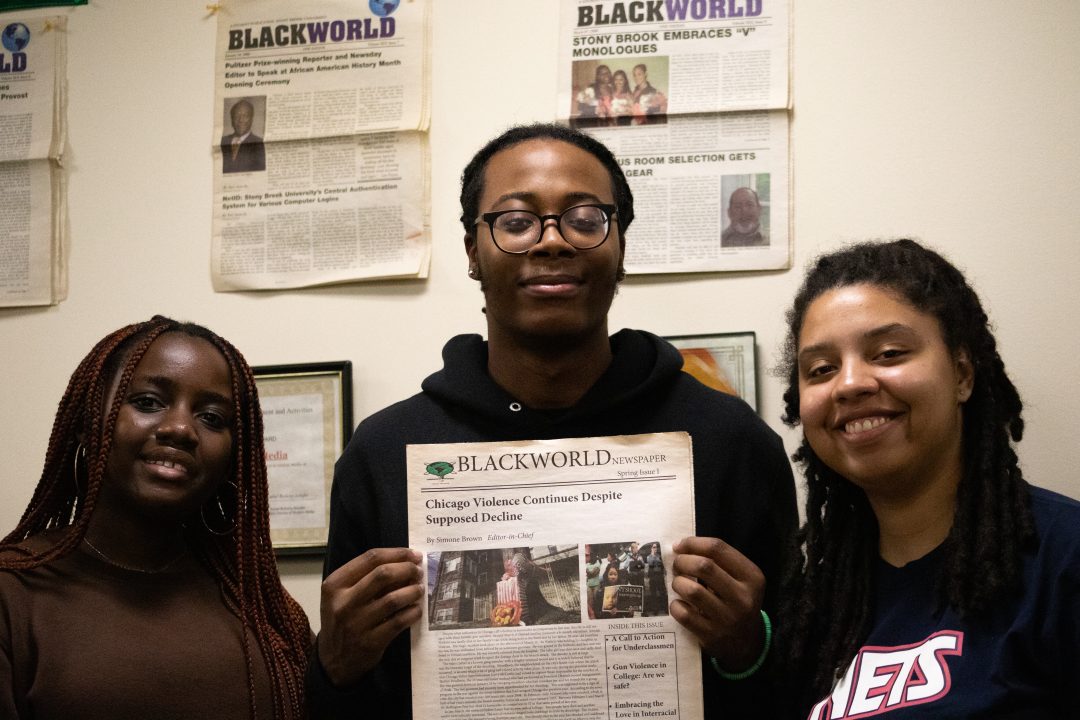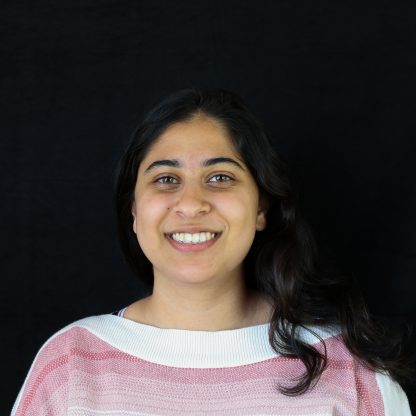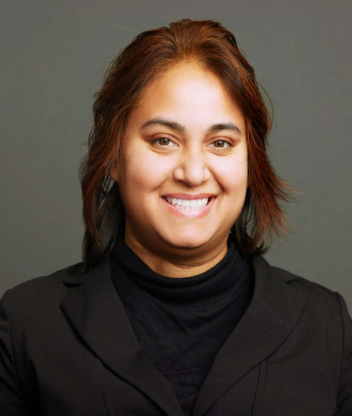
In December 2022, former Stony Brook University undergraduate and new physician-scientist, Dr. Farzana Ali, added yet another degree to the growing list of letters behind her name.
Ali recently finished her Ph.D. in biomedical engineering after completing her M.D. at the University of Buffalo and her bachelor’s with Honors, M.S. and M.P.H. degrees from Stony Brook.
For Ali, an international student and woman of color who uses a wheelchair, the path to finishing her doctorate was neither linear nor traditional.
When she started her undergraduate studies, Ali knew that she wanted to merge her interests in science and math with her desire to work in a humanitarian career, inspiring her to pursue medicine. However, making her goals a reality proved to be a little difficult at first.
“My initial struggles in undergrad were connecting with students,” Ali said. “In the STEM field, most students were males who would hang out in groups, and there were moments when I felt excluded. And for me, it was even more difficult because I came from a different country at that time to pursue my undergraduate education.”
Ali grew up in Bangladesh and struggled to adjust to a new environment after matriculating at Stony Brook. She was also on federal work study and was balancing her financial struggles with her academic ones.
“I had the language barrier and I was not very familiar with the culture,” Ali said. “At the same time, being a female in a male-dominated field felt even more overwhelming.”
To compound the culture shock, during her sophomore year, Ali was involved in a motor vehicle accident. Her family’s car was hit by a drunk driver, causing her to suffer a spinal cord injury that left her in a wheelchair.
“On top of everything else, I suddenly had to learn to live in this new body, and then learn to navigate through a world which is not made for people in wheelchairs. I knew I wanted to be a doctor at some point in my career. I just did not know how to go on that path in this newly disabled body.”
According to the National Institutes of Health (NIH), 9% of graduates in the biological and biomedical sciences reported having one or more disabilities. Scientists and engineers with disabilities also have a 2.94% higher unemployment rate than those without disabilities.
In particular, female faculty with disabilities in the STEM fields comprise an understudied, underserved and often invisible population.
But for Ali, her intersectional identity as a disabled woman of color became a source of strength. By learning how to connect with others and take advantage of the resources that were available, she developed skills and abilities that helped her grow as a student, but also as a human being.
“As a female, I learned that I should not focus so much on my gender, but what I’m capable of doing, and that’s the sense of strength that actually helped me deal with my disability as well,” Ali said. “Rather than focusing on what distinguishes me or isolates me from the rest of the class, I used it as a strength to connect with others and look beyond what’s isolating, to find something that’s a common experience.”
By developing a stronger sense of self-confidence and pushing herself to connect with others despite the language barrier and concerns about her physical disability, Ali persisted, and eventually thrived, in a predominantly male discipline.
According to the National Library of Medicine, only 3% of medical school applicants in the U.S. every year apply for M.D./Ph.D. training. After finishing both her M.D. and Ph.D., Ali is currently doing a transitional year in internal medicine as a 2023 match applicant to the Diagnostic Radiology residency.
She was also one of the participants selected by the American Physician Scientists Association to attend the 2022 Introduction to Academic Radiology program.
For Ali, it was her limitations and uniqueness that allowed her to reach these heights. Her experiences taught her to look beyond her limitations and focus on what she is able to do instead of what would prevent her from achieving her full potential.
“I became more cognizant of the need for a healthy life to ultimately pursue my goals,” Ali said. “I also realized that I can do it at my own pace. I don’t have to follow the timeline that society has placed on me.”
Ali is referring to the “traditional” path that many students take, both to a career in medicine and through higher education, where they apply to graduate programs directly after they finish their undergraduate degrees.
Many stigmas persist against non-traditional students who don’t follow this path. Oftentimes they are older, career-changers, or simply apply to graduate programs later in life. However, many medical schools are currently working to better embrace new aspects of diversity by recognizing the benefits of non-traditional career paths.
Ali’s disability made it harder for her to follow a linear path to her medical and doctorate degrees. When she initially came back from the hospital, she took time to retrain her body to adapt to its environment, both academically and at home. She also spent time relearning the resources that were available for her. This included seeking support from professors, TAs and the pre-health offices.
“I felt like I came out as a more balanced person who valued relationships more after my injury. And thankfully, gradually I was able to go to med school and finish my studies,” Ali said.
Throughout the whole process, Ali learned how important it was for her to draw strength from the connections she had, and how to keep herself healthy, both mentally and physically.
“Those are the things that will keep you alive when life gets really difficult, and it gets harder to move on,” she said.
Ali also benefitted extensively from female mentorship through her undergraduate and graduate studies. She aims to become a role model for more girls in the future.
By serving as a teaching assistant at SBU, she was able to connect with high school, undergraduate and graduate students in engineering and pre-health fields. The small number of female students in her classes is what made her more aware of the need for females in computer science and engineering.
“I also realized that I was fortunate to have a mentor from the field of electrical engineering, where the female representation is also comparatively low,” Ali said, referring to her Ph.D. dissertation advisor, Christine DeLorenzo, with whom she connected while she was an undergraduate.
Ali’s connections with her mentors largely inspired her path.
“Those connections were so strong I do not want to let go of that just for my career aspirations,” Ali said. “And I have learned in my academic journey, that the most important parts are the people and the connections that I made. So even if I had to take a detour in my path, to stay close to those connections, I happily did that.”
Instead of pursuing a traditional M.D./Ph.D. degree, she wanted to stay in the lab where she completed her master’s degrees and pursue her medical education at an institution that was more accommodating of her disability.
For Ali, the University of Buffalo had the financial resources and the personnel to meet those needs. After graduating, she then came back to Stony Brook, where her dissertation focused on the application of machine-learning techniques for the prediction of antidepressant treatment response.
In the future, Ali strives to pursue academic medicine, where she can teach the next generation of physicians and biomedical engineers and serve the patient community.
“It’s up to us females who are currently in the field to encourage the next generation and help them see how many opportunities there are, and pave the path for them like it was done for us,” Ali said.







